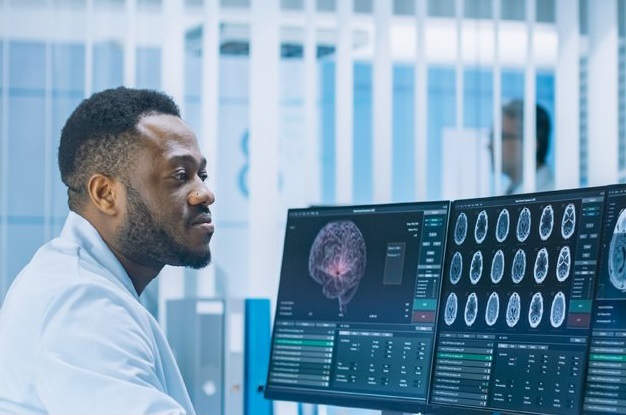AI solution for detecting brain hemorrhages developed in Finland
Published : 26 May 2023, 02:18
Researchers in Finland have developed an artificial intelligence (AI) solution for detecting brain hemorrhages. The solution is expected to be commercialized within two to three years, reported Xinhua.
The AI solution has been developed by Finnish information technology (IT) service company CGI in cooperation with Helsinki University Hospital and Finnish imaging technology company Planmeca, according to a press release published by CGI on Thursday.
The solution named AI Head Analysis can be used to analyze data from different imaging devices at hospitals to both build and clinically test algorithms. Utilizing AI algorithms, the solution can assist in detecting head computed tomography (CT) images that require urgent attention. This will reduce the workload of radiologists and speed up treatment by on-call physicians, as AI can diagnose a 10-million-pixel image in seconds.
In Finland, more than 180,000 head CT scans are performed annually, most of them at emergency clinics, Miikka Korja, chief innovation officer and a docent in neurology at the Helsinki University Hospital, said in the press release.
He added that the number of head CT scans is increasing yearly, while the number of radiologists is decreasing.
"To address these challenges, we partnered with CGI and Planmeca to develop a new type of AI solution that uses algorithms to detect the most common types of non-traumatic cerebral hemorrhages rapidly and accurately," Korja explained.
According to CGI, the solution has been tested and verified independently by several hospitals, including one of the largest university hospitals in Switzerland. In addition, it has recently been approved to be retrospectively tested in the workflow at Helsinki University Hospital.
Korja told Finnish national broadcaster Yle that the solution facilitates the work of doctors and radiologists in extremely busy emergency rooms as it quickly identifies the most dangerous findings from dozens or hundreds of images.
Currently, a radiologist and artificial intelligence first analyze the images independently. Then, after the diagnosis, the radiologist can compare his assessment with the results of AI.
The final diagnosis is still made by a human, not by AI, Korja noted, adding that it will take a long time before AI can be trusted entirely.
"The solution, we expect, may also be used to advance the development of other AI-based healthcare solutions in the future," Leena-Mari Lahteenmaa, president of CGI's operations in Finland, said in the press release.


